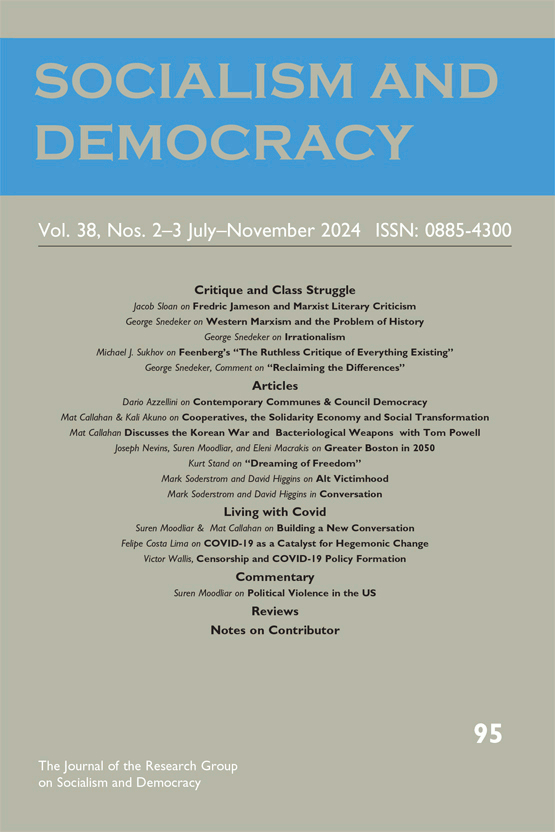
What would the negation or even transcendence of "whiteness" look like? In this essay by Joseph G. Ramsey, an S&D editorial board member, Guy Endore's Babouk is used to think through this question. It takes the apparently impermeable stratification of the 18th century slave ship as a microcosm for considering the social distance between white and black layers of the emerging global proletariat as its starting point.
'Early on in Babouk, Guy Endore’s radical 1934 historical novel of slavery, resistance, and the lead-up to the Haitian Revolution, we encounter a scene of sick French sailors, disgruntled about their working conditions aboard the slave ship Prie-Dieu.1 Suffering from an outbreak of the grotesque eye-disease ophthalmia, the sailors huddle together, airing grievances: “Who does all the work if not we? Do we not load on the cargo, and feed it, and clean it? And what is our share? A miserable ten or twenty francs a month in addition to kicks and bad food. While the captain and the owners grow rich. What if we were no longer to work for them? Where would they be?” (40).
'Another sailor joins in: “I tell you…if there were ten men like me aboard this ship there would have been mutiny long ago. And let me tell you,” he adds, “a pretty piece of money we could get smuggling this cargo of slaves into San Domingo” (40).' (read the complete essay at Monthly Review)

